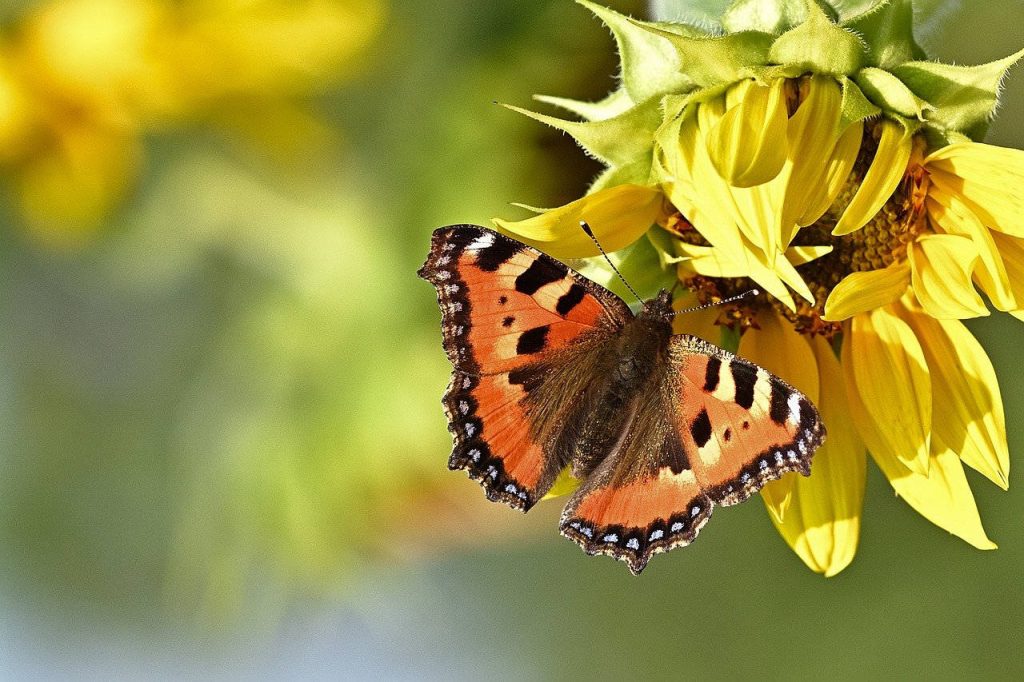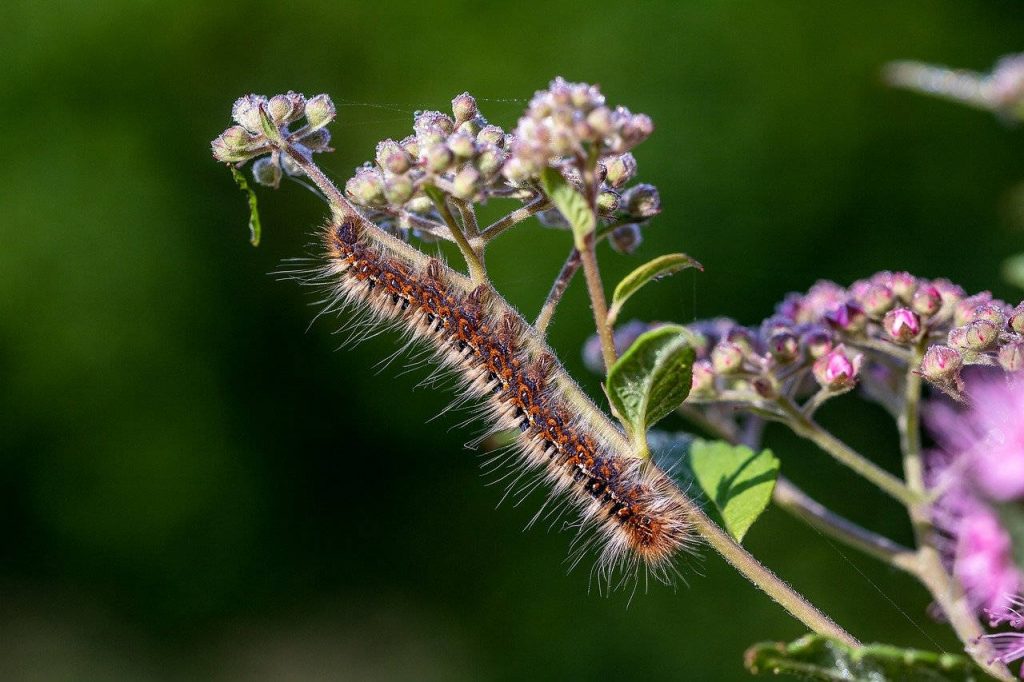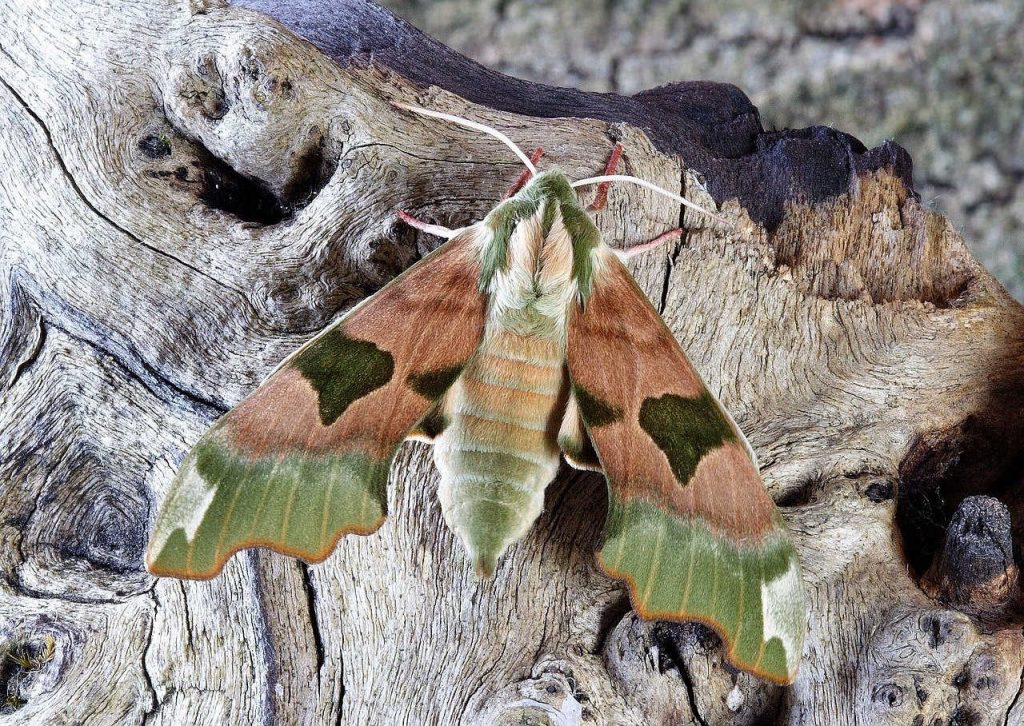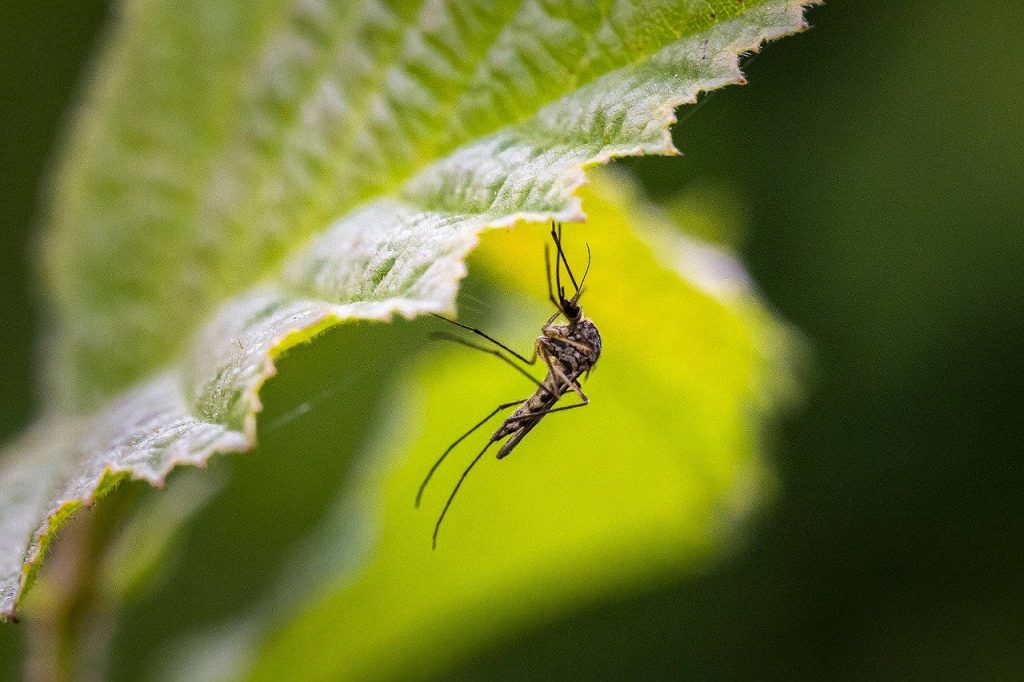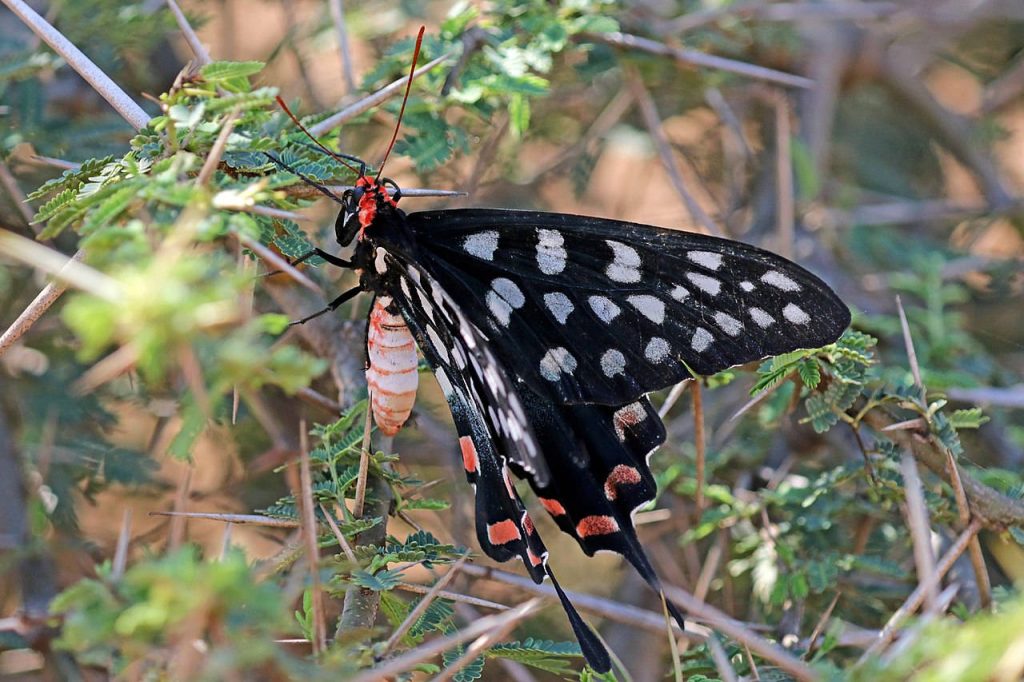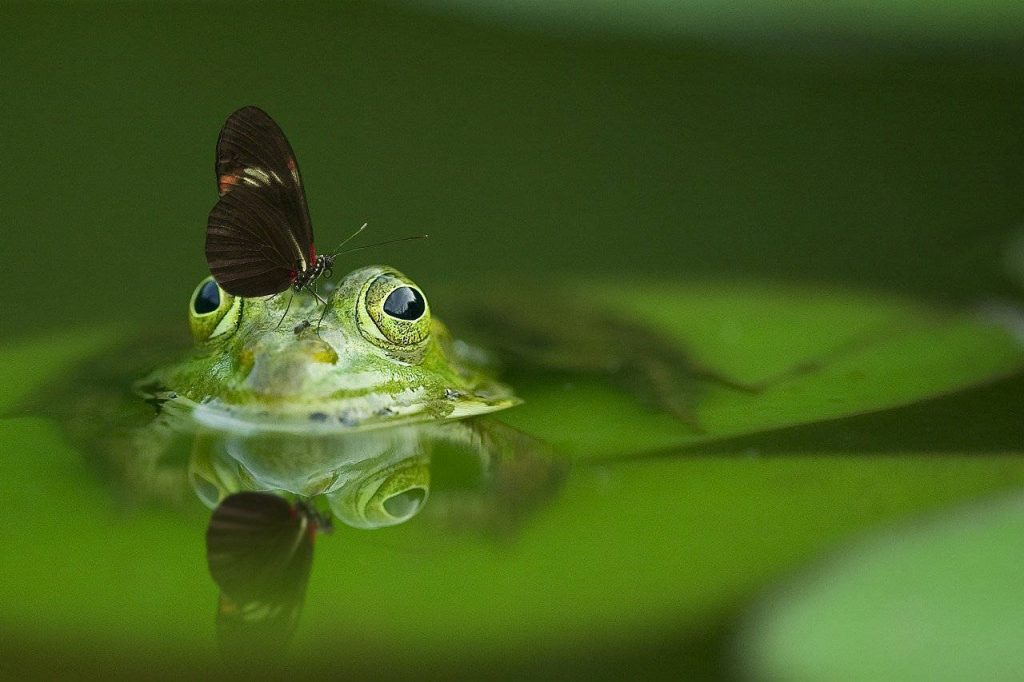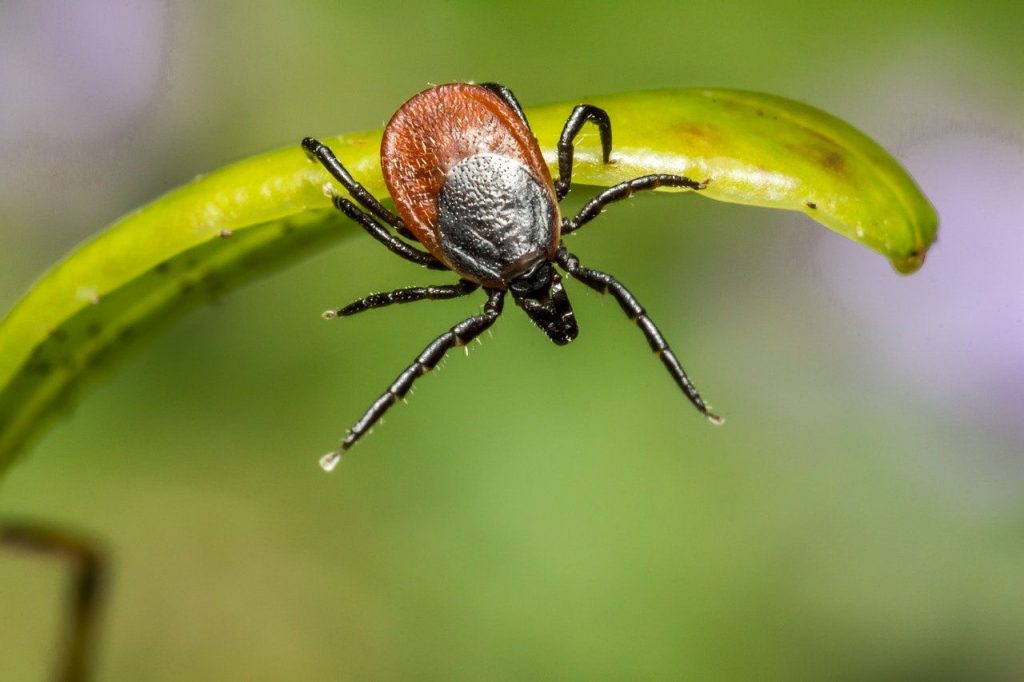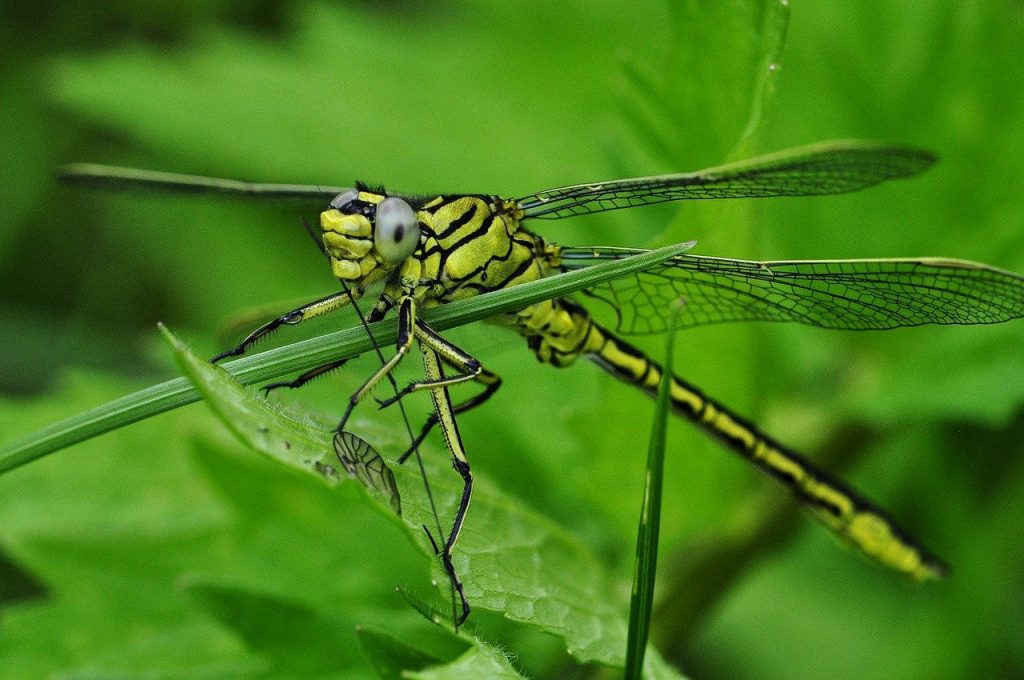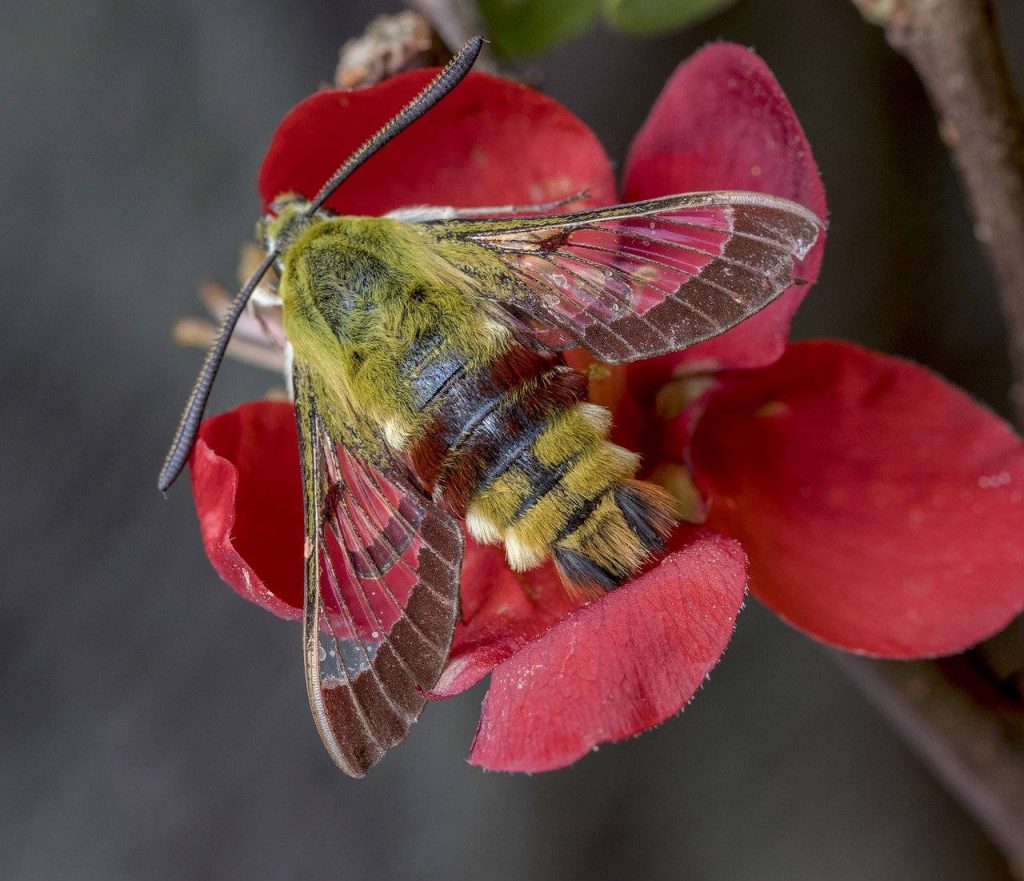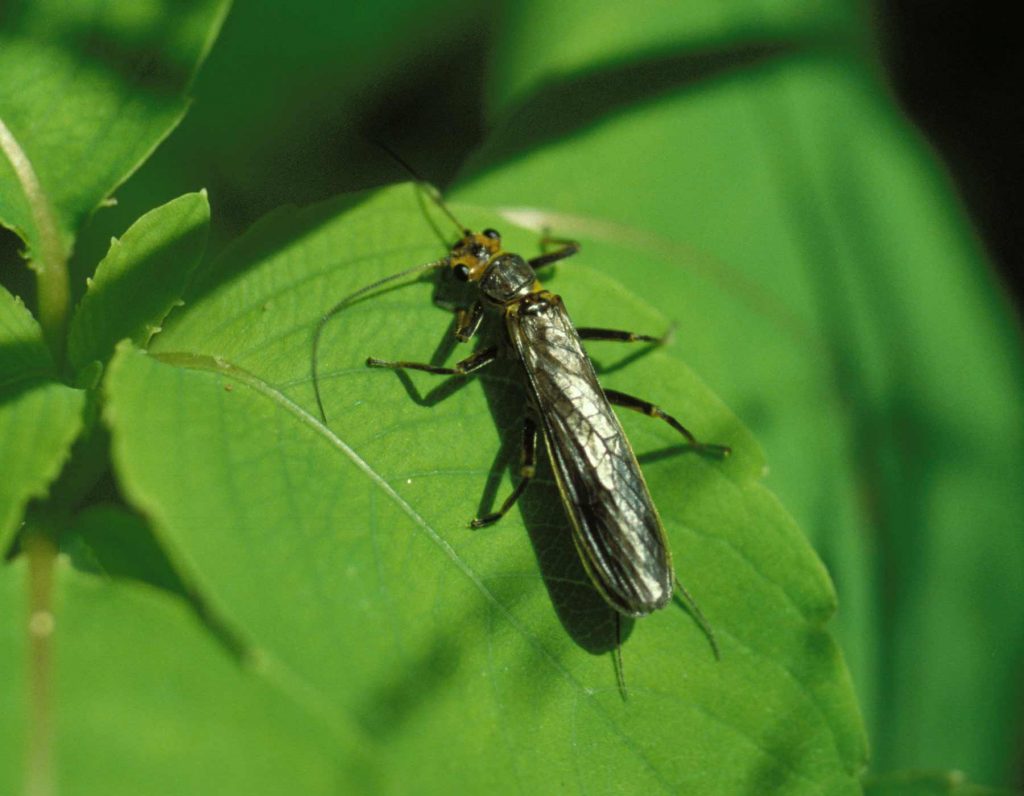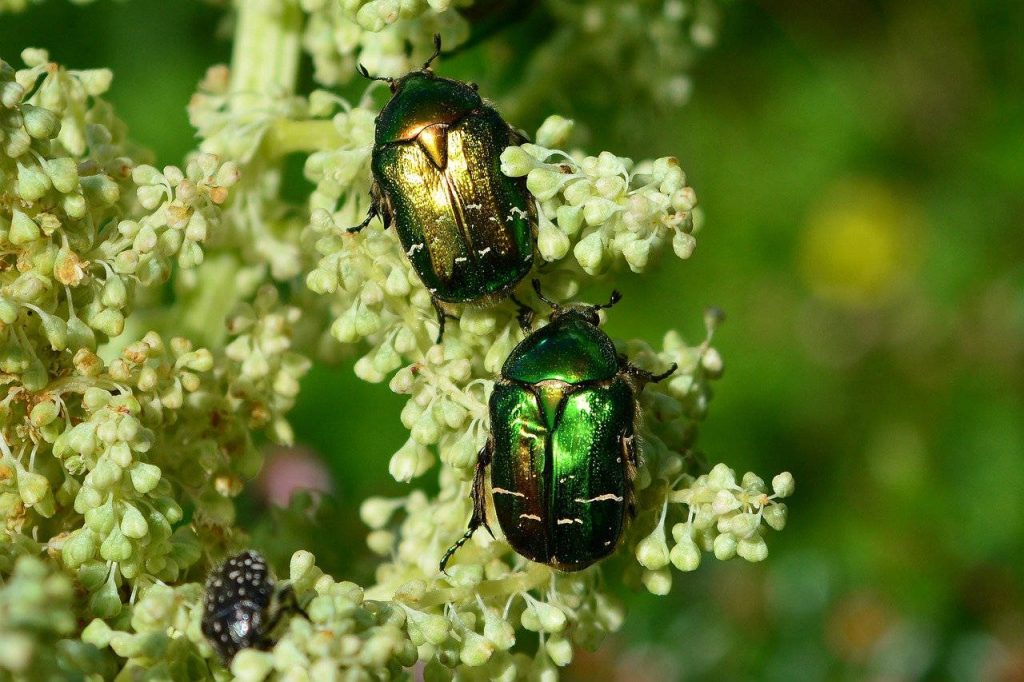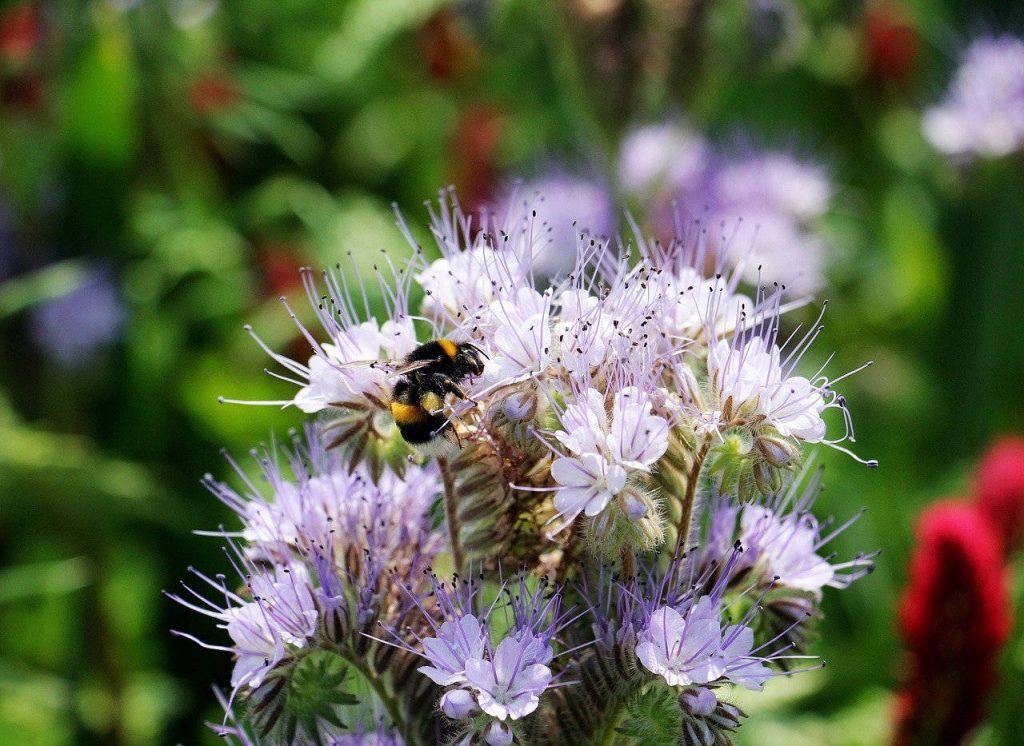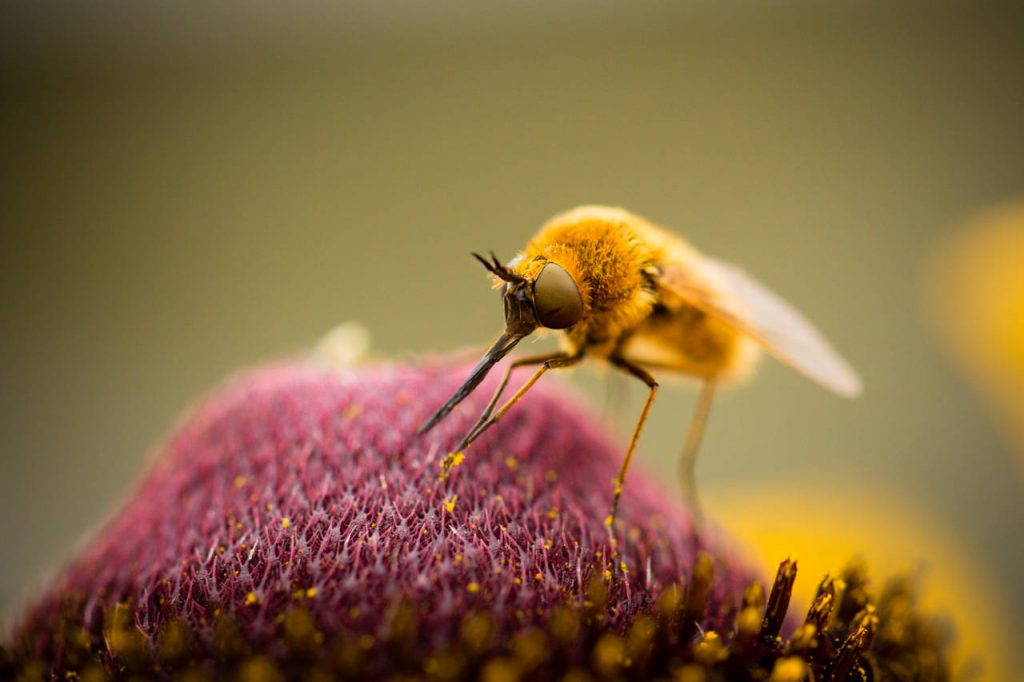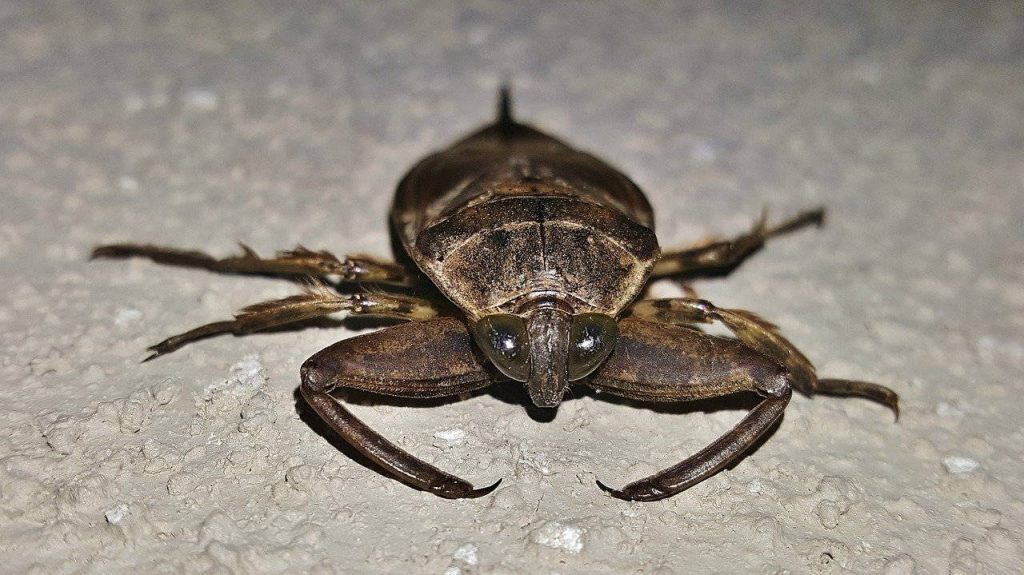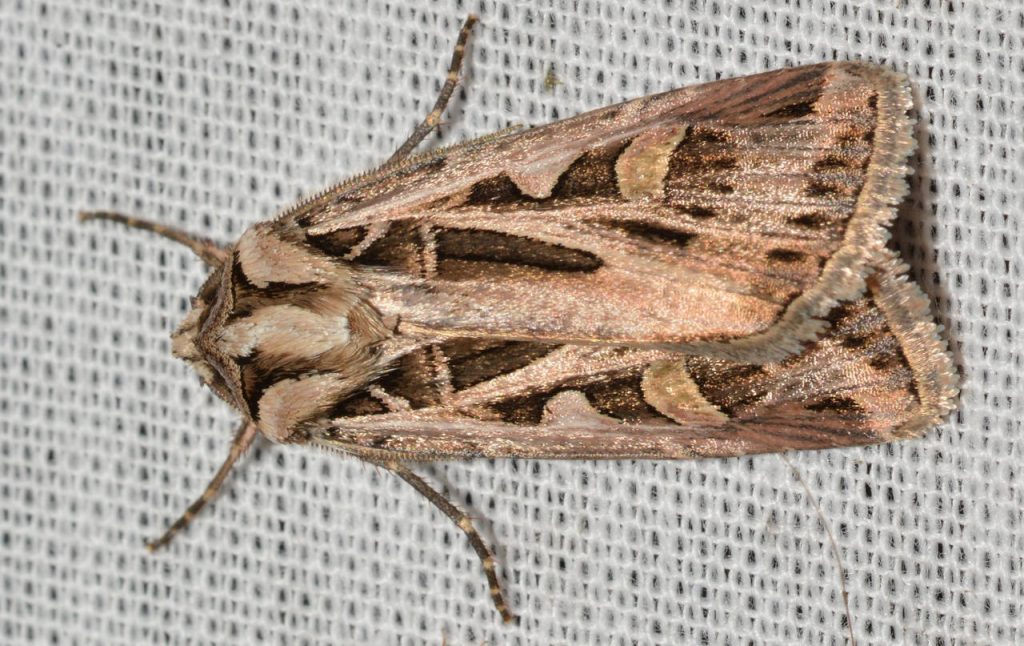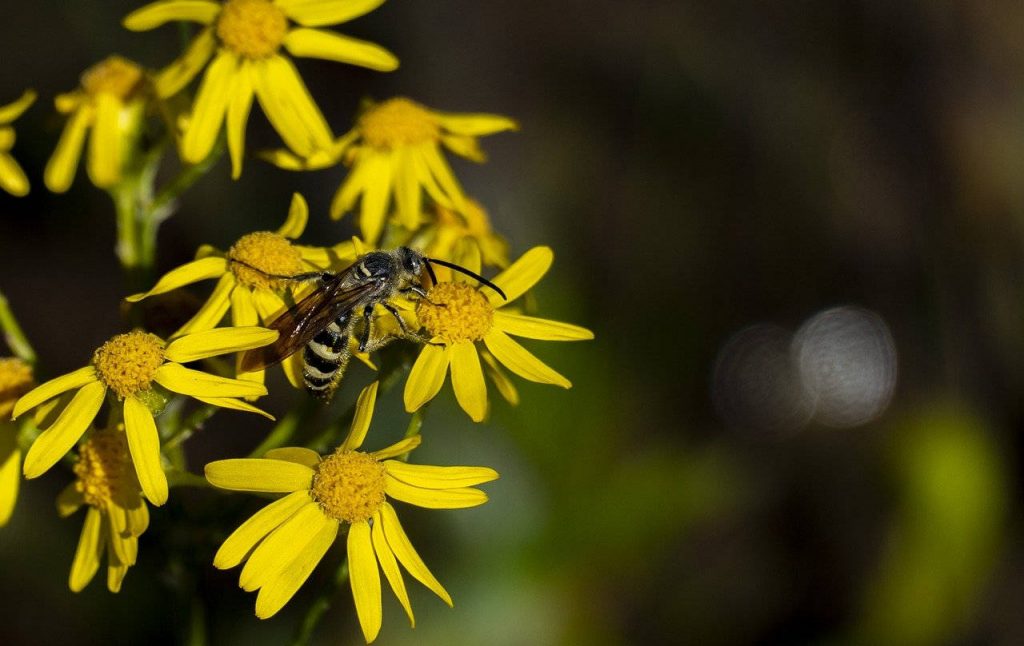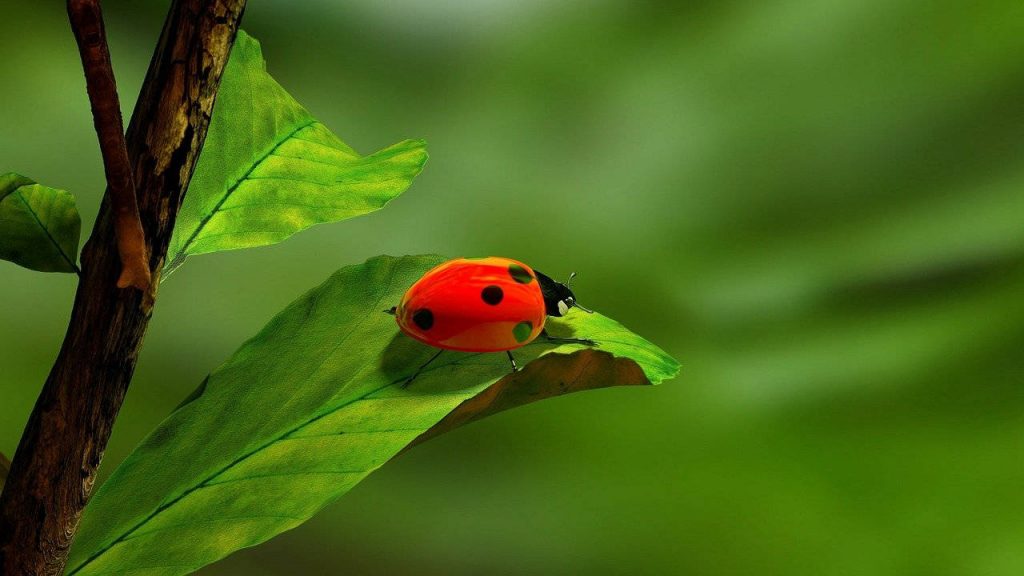Who doesn’t love vacations?
In the minds of adults and children alike, summers are often associated with a memorable time spent vacationing, a venture to somewhere new.
One of these memorable destinations is none other than Glacier National Park, Montana – one of America’s most iconic national parks, offering splendid opportunities for outdoor adventures and amazing hiking trails.
The park’s 1,600 square miles surround its visitors with abundant natural beauty, fulfillment of every nature enthusiast’s dreams.
Glacier National Park’s most prized possession are its 151 hiking trails, categorized into five districts, each of which twist and turn through lovely scenery. The Park also boasts 26 glaciers and 762 lakes – a combined natural experience never to be forgotten.
Aside from astounding nature, there are a wide range of activities, including ranger-led education programs, boating and rafting, backcountry skiing, horseback riding, and stargazing.
The most popular time to visit Glacier National Park is during the summer, however, the pleasant weather and fresh summer air come with visitors of another species, not humans, not traditional wildlife – you guessed it – bugs!
Not to fret because we have some tips that will help you enjoy your visit to its fullest.
Bugs Are Meaningful
Along with its renowned hiking trails, exquisite sights, and eccentric display of animals, are less welcomed – but integral to nature – bugs.
Most visitors don’t expect to encounter insects as a part of their wildlife tour, however, insects are a fundamental part of the biome and just as important to sustain as other wildlife.
Bugs cycle nutrients, pollinate plants (fruits, flowers, vegetables), spread seeds, maintain soil structure and fertility, control populations of other organisms, and provide a major food source for other wildlife.
Not to mention honey, beeswax, silk, and other useful products that insects provide to the human race.
When Are Bugs Most Prevalent?
As you would think, bugs are most common during summer months when the weather is warm.
When there’s rain, there’s generally more bugs near after.
Humidity makes it harder for moisture trapped in soil to evaporate, consequently wet soil and standing water contribute to insect abundance.
Since summer is also the season in which flowers bloom and soil becomes manure, bugs are a natural side effect.
What Type of Bugs Manifest the Park?
The number of species of arthropods that inhabit Glacier National Park are too many to count. Furthermore, each year scientists discover a new species adding to the list, but it’s unlikely you will encounter many of the bugs and insects found in Glacier National Park.
In varying populations, here are some of the different species you may encounter:
- Tortoiseshell
- Comma Caterpillars
- Moths
- Mosquitos
- Swallowtail Flash
- Butterflies
- Ticks
- Dragon Flies
- Bee-Hawk Moth
- Stonefly
- Aphids
- Bumblebee
- Bee Fly
- Water bugs
- Cutworm Moth
- Yellowjackets
- Ladybird beetles
Image Credits
Swallowtail Flash
https://en.m.wikipedia.org/wiki/File:Madagascar_giant_swallowtail_(Pharmacophagus_antenor).jpg
Stonefly
https://education.mdc.mo.gov/discover-nature/field-guide/stonefly-larvae
Bee Fly
https://www.usgs.gov/media/images/bombyliidae-fly-bee-fly
Cutworm Moth
https://commons.wikimedia.org/wiki/File:-10670_%E2%80%93_Feltia_jaculifera_%E2%80%93_Dingy_Cutworm_Moth_(43486367445).jpg
The Most Common Bug-Ridden Areas
Although bugs are common during the summer months regardless of where you are in the park, there are specific trails where you’ll likely encounter more. At the same time, there are trails where bugs are hardly noticeable, even during summer.
The South Boundary Trail is more commonly referred to as the tick trail – its nickname is a clear giveaway of what lingers along the path.
At times of more than average rain, the Huckleberry Lookout Trail has a small section where you may encounter plenty of mosquitoes, not unlike the Numa Lookout Trail.
The horse trails of Cracker Lake, and the banks of Poia Lake are both known to have an increased population of bugs.
Keep an eye out for biting flies at Ptarmigan Falls and along Swiftcurrent Trail.
Although mosquitos, biting flies, and yellowjackets are an annoyance, it’s a small trade-off to be closer to nature than you may ever be again.
The majestic scenery, incredible wildlife, winding trails and crystal-clear lakes have a way of trumping those pesky insects.
With a little preparation, and awareness, you can easily overcome concerns of bugs “squashing” your vacation plans.
How to Keep those Pesky Bugs Away
A little planning and proper packing will go a long way towards a bug-controlled visit:
- When weather permits, wear a light, long-sleeved shirt, and lightweight, long pants
- Carry DEET-based bug repellant spray
- Consume extra Vitamin B1 as it’s known to have bug-repellant properties
- Bug-repelling bracelets (especially for children)
- Stay well hydrated (bugs are attracted to sweaty skin)
- Pesty bugs and insects don’t like mint (consider mint mouthwash, or edible mints)
- Bug-repellent clothing (yes, there’s such a thing)
- Limit the amount of fragment-based bodycare products
- If stationary, candles and lanterns are deterrents
Remember, prime time for mosquitoes is early morning and dusk.
How to Treat Bug Bites
Most bites resolve on their own, especially if you refrain from scratching, otherwise consider the following treatments:
- Cold cloth can reduce swelling and pain (use ice for extreme swelling)
- Keep the affected area elevated
- Hydrocortisone cream or calamine lotion applied throughout the day
- Over-the-counter oral antihistamine (check with your doctor first)
If you’re stung by a bee, make sure the stinger is not lodged in your skin and wash the area with mild soapy water.
If you have an immediate severe reaction to any bite or sting, it is important to seek proper medical assistance.
According to ACAAI it is estimated that potentially life-threatening allergic reactions occur in 0.4% – 0.8% of children and 3% of adults.
To put this into perspective, they sum it by saying “It’s more common to fear an insect sting than to actually be allergic to one.”
Conclusion
It’s important to note there have been many instances in which visitors hardly notice or even remember an issue with bugs, despite contrary reports.
If you’re overly concerned about bugs on your next vacation, you can monitor outbreaks on the CDC website:
https://wwwnc.cdc.gov/travel/notices
Every place you consider going has both its pros and cons, it’s important to weigh the two and determine the factors that truly matter.
In the case of Glacier National Park, missing out on a heavenly experience because of insects – nature’s way – is a loss.


